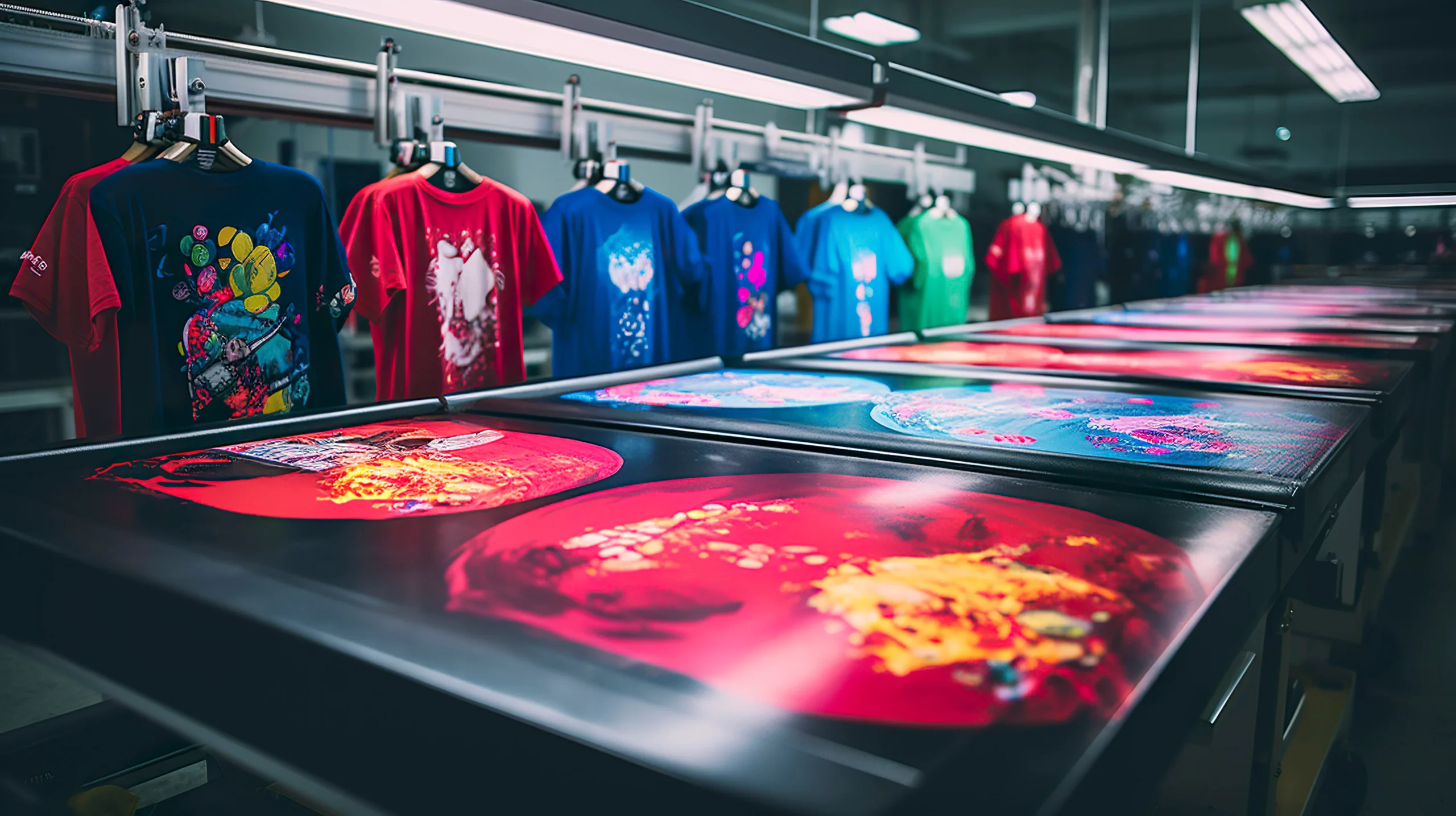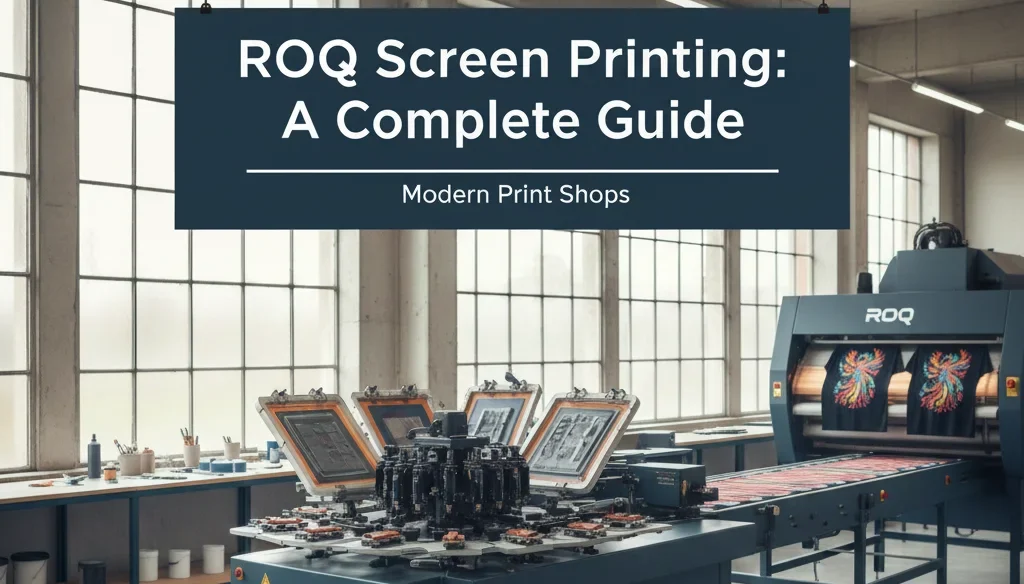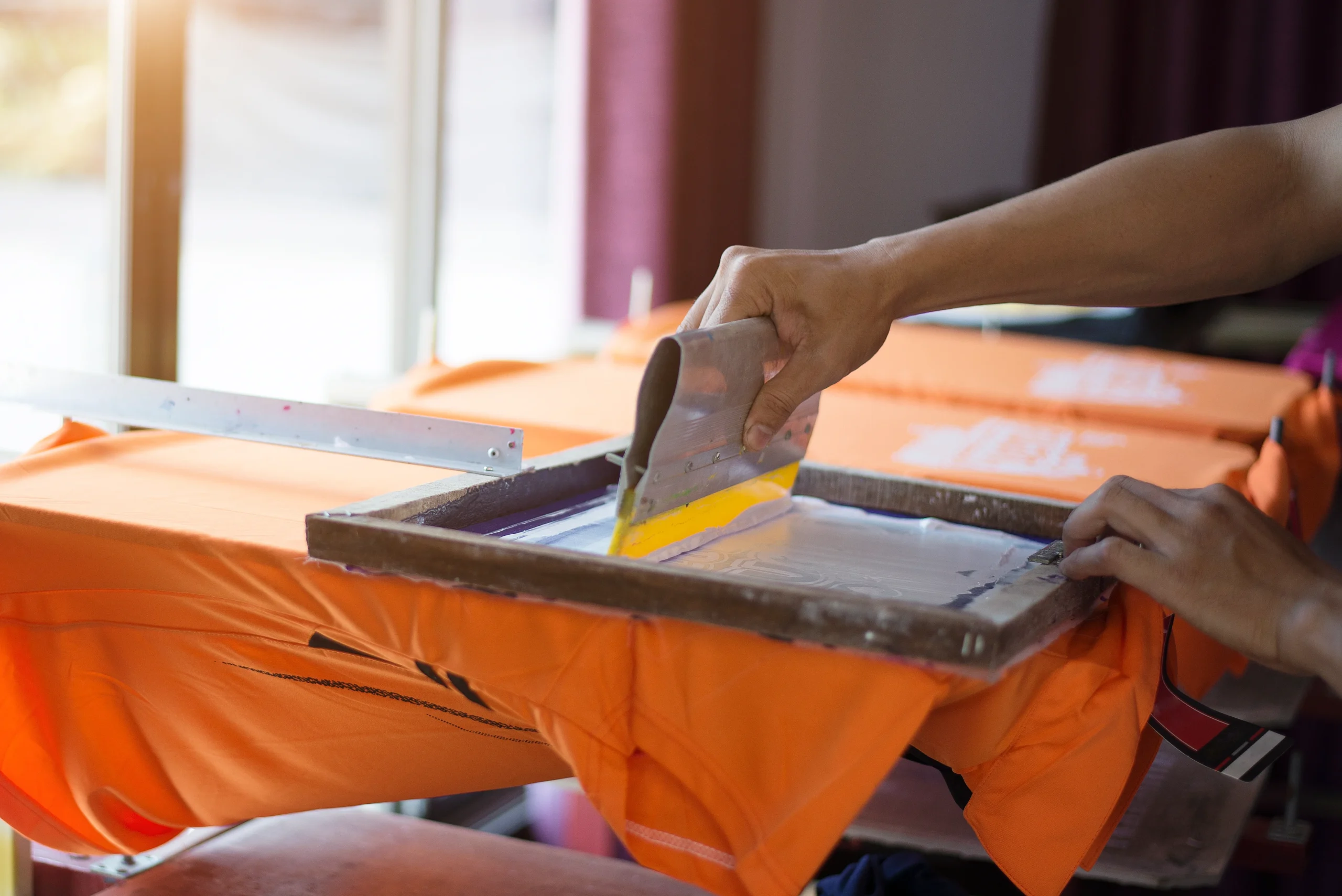Screen Printing at Home can help you shine your creativity and save money whether you are an artist or a small business owner or just a person who likes doing DIY projects. But the Question is How to Do Screen Printing at Home?
This ultimate guide will show you all you will require, including what materials you will use and the process that will take you through and end up with professional quality prints at the comfort of your own place.
What You Need to Get Started
The required materials before getting to the process include:
Frame and mesh -screen printing: These are necessary to secure the stencil of your design.
Emulsion and sensitizer: These are chemicals which cover the screen rendering it light-sensitive.
A squeegee: This is used to apply ink uniformly on the screen.
Screen printing ink: Select either fabric ink when printing on shirts or paper ink when printing on posters.
A design or stencil: This is the image that you wish to transfer.
A light source: To make visible what you have been drawing on the screen.
A printing surface: This could be a plain T-shirt or a tote bag.
After owning your materials, you are now ready to start your Screen Printing at Home adventure.
Home Screen Printing Tips: A Step-by-Step Process
1. Prepare Your Design
Begin with designing or printing your own design on a transparent film (also known as acetate). Remember that simple bold designs are best transferred. When you are new to screen printing it is best not to use overly complicated graphics initially.
2. Coat Screen with Emulsion
Combine your emulsion and sensitizer as indicated in instructions then pour into the screen with a squeegee, spreading the surface of the mixture across the entire surface of the screen. The layer ought to be smooth and thick. When coated, put the screen in a dark room so as to dry.
3. Expose the Screen
Prepare your transparency (with whatever you want to see) over the screen and shine a bright light on it several minutes. The emulsion is hardened by the light except in areas covered by the design. After being exposed, lightly spray the screen with water on which your design area appears – here, the ink will flow through.
4. Set Up for Printing
Place your T-shirt or cloth on a surface. Place the screen on top of it such that the design fits perfectly. Apply a strip of ink at the top of your design and then with the squeegee drag the ink evenly across the screen. Ensure that pressure is applied evenly to get a print.
5. Dry and Cure the Ink
When you are content with the print, you are supposed to take the screen off very carefully and allow the fabric to dry. With a heat press (low heat) or iron (low heat) heat-set the ink to permanently fix it onto the design. This keeps your art work not to fade and fade away.
What is the Rationale Behind Seeking Professional Assistance?
Although Screen Printing at Home is enjoyable and economical, you may think to order in bulk sometimes, or to have a complex design that needs accuracy. This is where the High-Quality Screen Printing Services are to be mentioned. The professional firms possess high tools, automated presses and color matching machines in order to provide them with consistent and long lasting prints which do not wane as the number of pieces reaches to hundreds.
In case you run a small business or create branded clothes, it is possible to outsource a large number of prints to a High-Quality Screen Printing Service and save time with the most excellent results. You have the freedom to mix both ways, that is to run smaller creative jobs at home and to depend on outsourced professionals when it comes to bigger orders or commercial jobs.
(FAQ)
1. Is it possible to screen print using other than a special machine?
Yes! Screen printing can be easily accomplished at home with simple tools such as screen frame, squeegee and ink. It is largely manual and does not involve the use of costly equipment.
2. What is the duration in which screen printing ink dries?
It air-dries to a complete dry in 24–48 hours, usually depending on humidity and ink density. Nevertheless, in the process of ironing, a heat press or iron may be used to hastily accelerate the process.
3. What can I do to make my home screen prints professional?
Application involves high-quality ink, fine mesh screen and ensure an even application of emulsion. In addition, train yourself to regulate the amount of pressure that you apply to your squeegee in order to have a smooth and even print.
Final Thoughts
Screen Printing at Home gives you the liberty to be creative and at the same time learn an exciting and practical art. You can screen print any standard object and use it as a unique present, create your own wardrobe, or launch a small business, screen printing will give you the possibility to design what you want. This is a craft that can be learned with time and practice until you can produce stunning prints and with professional quality.
And should you need higher level results you can always count on High-Quality Screen Printing Services to be there to take you to the next level of creativity.





